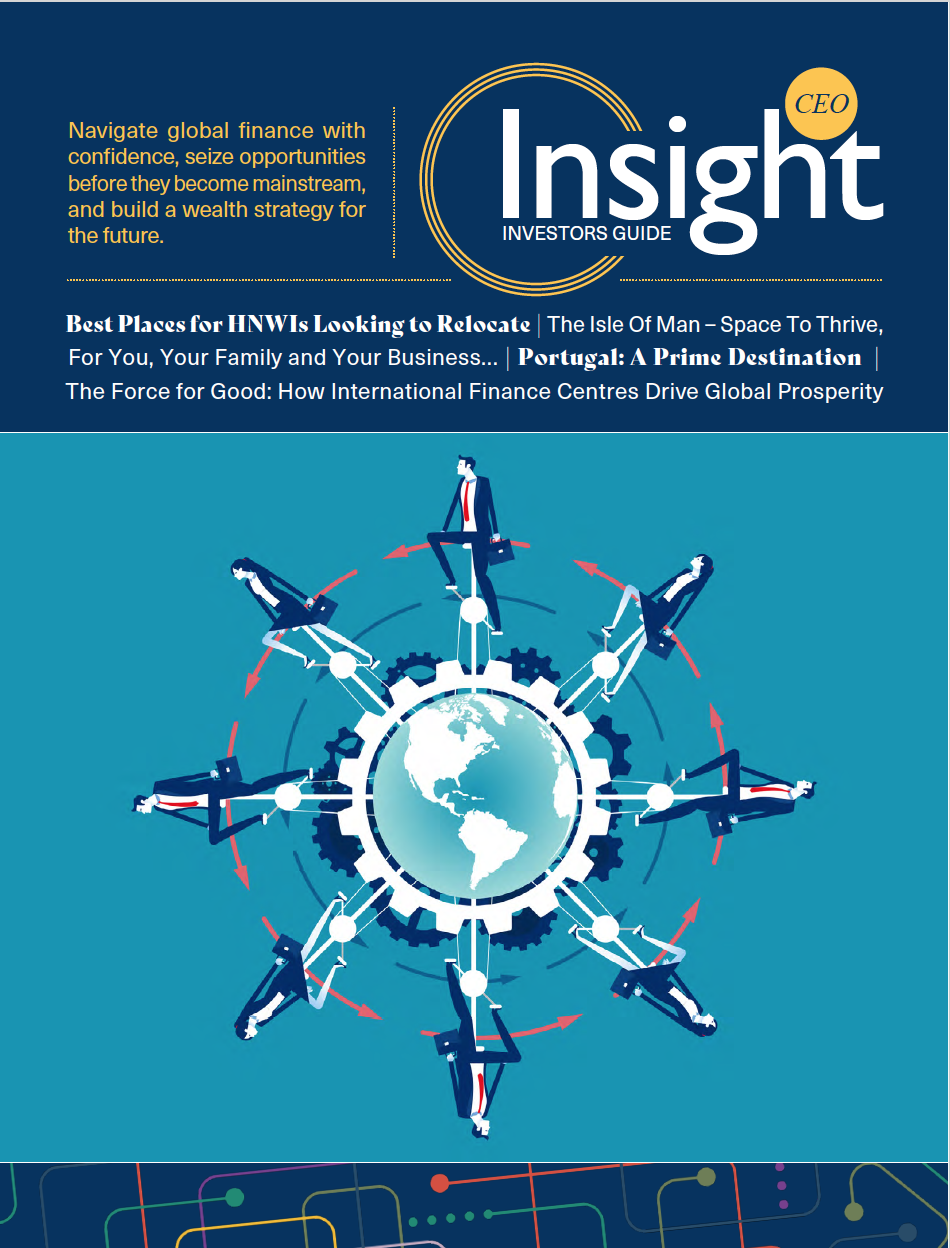Citizenship investment has never been a more important consideration for global investors given current global headwinds. These are challenging times and the chance to access greater mobility, opportunity, stability, security and a higher quality of life is alluring indeed. One can see why the industry is rich with activity
There are many jurisdictions vying for supremacy in the field. We see Antigua & Barbuda as leading the way in the Caribbean, with Ecuador, Malta and Turkey offering especially innovative variations on the traditional CIP approach.

These countries offer the wise globally-minded citizen distinct investment migration solutions, while each is an advert for the socio-economic force for good credentials of this industry which continues to suffer from an unfair and malign narrative which posits that such programmes provide a safe haven for undesirables.
























